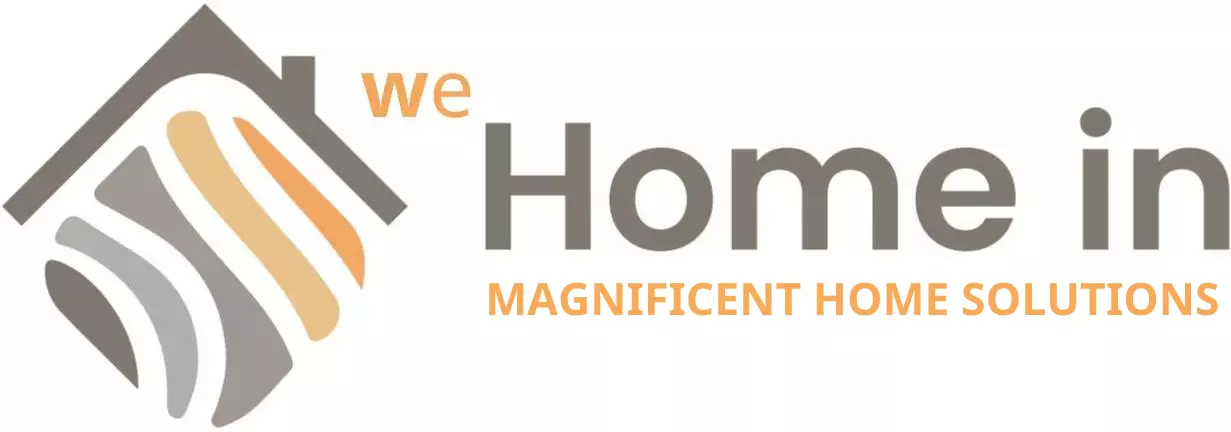
SMOKE STATURIO 80*80 GLOSSY
28.89 AED Original price was: 28.89 AED.26.89 AEDCurrent price is: 26.89 AED.SM

OXFORD ORANGE 80*80 MATT
28.89 AED Original price was: 28.89 AED.26.89 AEDCurrent price is: 26.89 AED.SM
RIVER SMOKE BLACK 80*80 HIGH GLOSSY SERIES
SKU:
RIVER SMOKE BLACK 80*80
38.89 AED Original price was: 38.89 AED.34.89 AEDCurrent price is: 34.89 AED.SM
12
People watching this product now!
Fast Shipping
Carrier information
20k products
Payment methods
24/7 Support
Unlimited help desk
day Delivery 4-10
Track or off orders
الشحن السريع
معلومات الناقل
20 ألف منتج
طرق الدفع
التسليم في اليوم 4-10
تتبع أو إيقاف الطلبات
24/7 دعم
مكتب مساعدة غير محدود
Description
الوصف
DIMENSION & SURFACE QUALITY (ISO/EN TESTING METHOD A):
1. Dimensional Deviation: The material’s dimensions must adhere to a maximum allowable deviation of ± 0.5% from the specified 80×80 measurements. This conformity is assessed using ISO-10545-2 testing method.
2. Thickness Deviation: The material’s thickness must align within a maximum allowable deviation of ± 5.0% from the specified thickness for 80×80 tiles. This adherence is evaluated using ISO-10545-2 testing method.
3. Straightness of Edges: The edges of the material should maintain straightness with a maximum allowable deviation of ± 0.5%. The ISO-10545-2 testing method confirms this criterion.
4. Rectangularity: The material’s shape must remain rectangular, within a maximum allowable deviation of ± 0.5%. This is examined using the ISO-10545-2 testing method.
5. Surface Flatness: The material’s surface must display flatness with a maximum allowable deviation of ± 0.5% from the 80×80 dimensions. Evaluation is performed according to ISO-10545-2.
6. Color Uniformity: Individual tiles should exhibit no noticeable color variations. The method for testing color uniformity is unspecified (“UnItemed”), but it might align with ISO-10545-16.
Glossiness: The glossiness or surface finish is assessed using a glossometer, although the specific method is not provided.
STRUCTURAL PROPERTIES:
1. Water Absorption: The material must possess a water absorption rate of less than 3%, as determined by the ISO-10545-3 testing method.
2. Density (g/cc): The material’s density should exceed 2.0 g/cc, assessed through the DIN 51082 testing method.
MASSIVE MECHANICAL PROPERTIES:
1. Modulus of Rupture: The material’s minimum modulus of rupture should be 35 N/mm². Testing is carried out using the ISO-10545-4 method.
2. Breaking Strength: The material must have a minimum breaking strength of 1300 N, as evaluated by the ISO-10545-4 testing method.
3. Impact Resistance: The material’s ability to withstand impact is evaluated based on the manufacturer’s guidelines, although the specific testing method is not mentioned.
SURFACE MECHANICAL PROPERTIES:
1. Surface Abrasion Resistance: The material should demonstrate resistance to abrasion according to the manufacturer’s specifications. The method aligns with the manufacturer’s guidelines.
2. MOH’s Hardness: The material’s hardness is assessed using the MOH’s hardness scale, following the manufacturer’s specifications. The EN 101 testing method might be utilized.
3. Skid Resistance (Friction Coefficient): The material’s skid resistance must meet the manufacturer’s specifications. The method aligns with the manufacturer’s guidelines and may be ISO-10545-17.
CHEMICAL PROPERTIES:
1. Frost Resistance: The material should withstand freezing conditions without damage, tested using the ISO-10545-12 method.
2. Chemical Resistance: The material should not incur damage from chemical exposure, evaluated through the ISO-10545-13 testing method.
3. Stain Resistance: The material should resist staining, as determined by the ISO-10545-14 testing method.
THERMAL PROPERTIES:
1. Thermal Shock Resistance: The material should withstand sudden temperature changes, tested using the ISO-10545-9 method.
2. Thermal Expansion: The material’s thermal expansion coefficient must be less than 9 x 10^-6 per degree Celsius, assessed via the ISO-10545-8 method.
3. Moisture Expansion: The material should exhibit minimal expansion due to moisture exposure, evaluated through the ISO-10545-10 method.
These specified characteristics and requirements offer a comprehensive understanding of the material’s performance and properties, specifically tailored for 80×80 dimensions, across various conditions.



Reviews
There are no reviews yet.